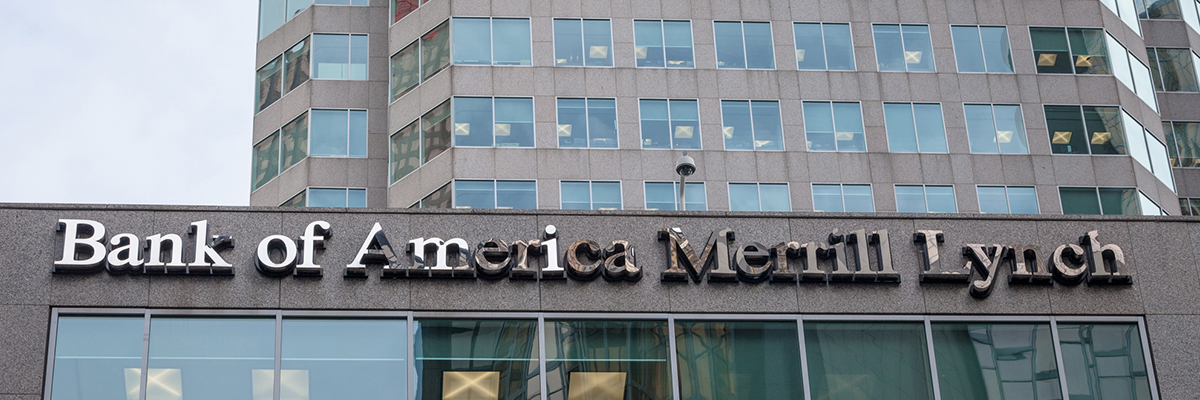If it seems like larger and more frequent recruiting headlines keep hitting the tape, you are viewing the wealth management landscape correctly. Each and every week hundreds of millions, if not billions, in client assets are filling out asset transfer paperwork on Saturday and Sunday across the country. And there is no slow down in sight.
The wirehouses continue to be hit hardest as advisors are either opting for perceived greener pastures at a rival firm or setting up their own shop as masters of their inside an RIA aggregator of note. The mass exodus remains real and ongoing, no matter what firm brass at places like UBS and B of A/Merrill Lynch would have you believe.
But we are more interested in why these moves are occurring now…and accelerating in the midst of COVID-19 and historic market volatility. We think the following four dynamics are fueling the recruiting market and have tipped the scales in the question.
- Practice valuations and client balances (AUM) are at historic highs.The thought process here is that with client balances at or near all-time highs, annual production levels, along with the stock market, are bloated in ways the industry has never seen before. T12 numbers and their multipliers are extremely ripe and perfectly situated to capitalize on the next dynamic in this list. Advisors would be well advised to take advantage of the gift that the markets have given them.
- Recruiting deals are at all-time highs and almost artificially outsized for big teams.The competition for teams of scale is as fierce as it has ever been, and deals reflect that competition. At both Wells Fargo and First Republic, when including deferred compensation balances and choosing to retire at those firms, the numbers can surpass 500%. Yes, you read that right. Deals are more apt to retreat from these levels than to press much higher – another reason why big teams are hitting the bid.
- Expired deals.Every advisor and team that mattered during the financial crisis has had the deals they signed back in 2010 (either to stay at their firm or in a move to a new firm) expire. Everyone is a free agent and evaluating the best way to play out the rest of their career – both philosophically and by way of monetizing their book. Besides the two firms that exited protocol in UBS and Morgan Stanley, most advisors are completely legally detached from their current firm.
- The COVID-19 effect is real and a significant advantage for transitioning to a new firm.At the outset of the pandemic most thought that the chaos and market turbulence would stifle recruiting movement. Just the opposite has been true. Clients that have stayed home from work are more available to discuss moves and sign transition paperwork virtually; while advisors deal with fewer colleagues attempting to keep their clients at the firm they are leaving. In terms of the drama of the first weeks of a transition, COVID-19 has become an easy off-ramp for exiting advisors.
Doing a serious evaluation of the tent that you find yourself under as an advisor is an absolute must right now. With so many deals stretching beyond 300% and production and asset levels at historic highs, big teams will continue to leave. Considering the factors above and the cover for a transition, you should be doing your own evaluation right now.



